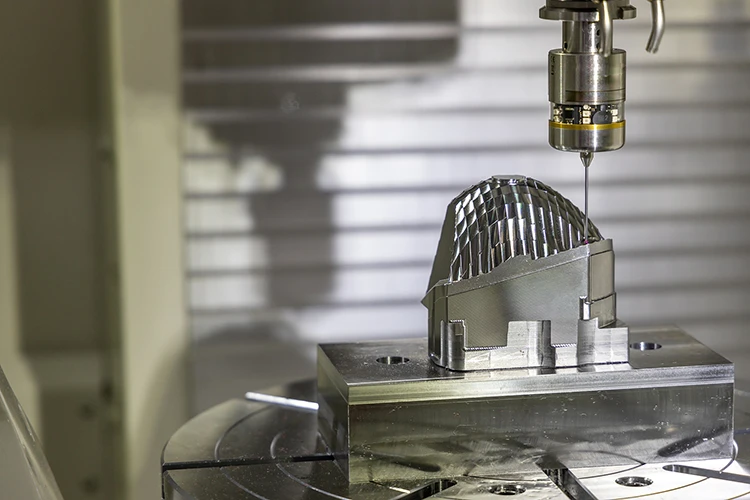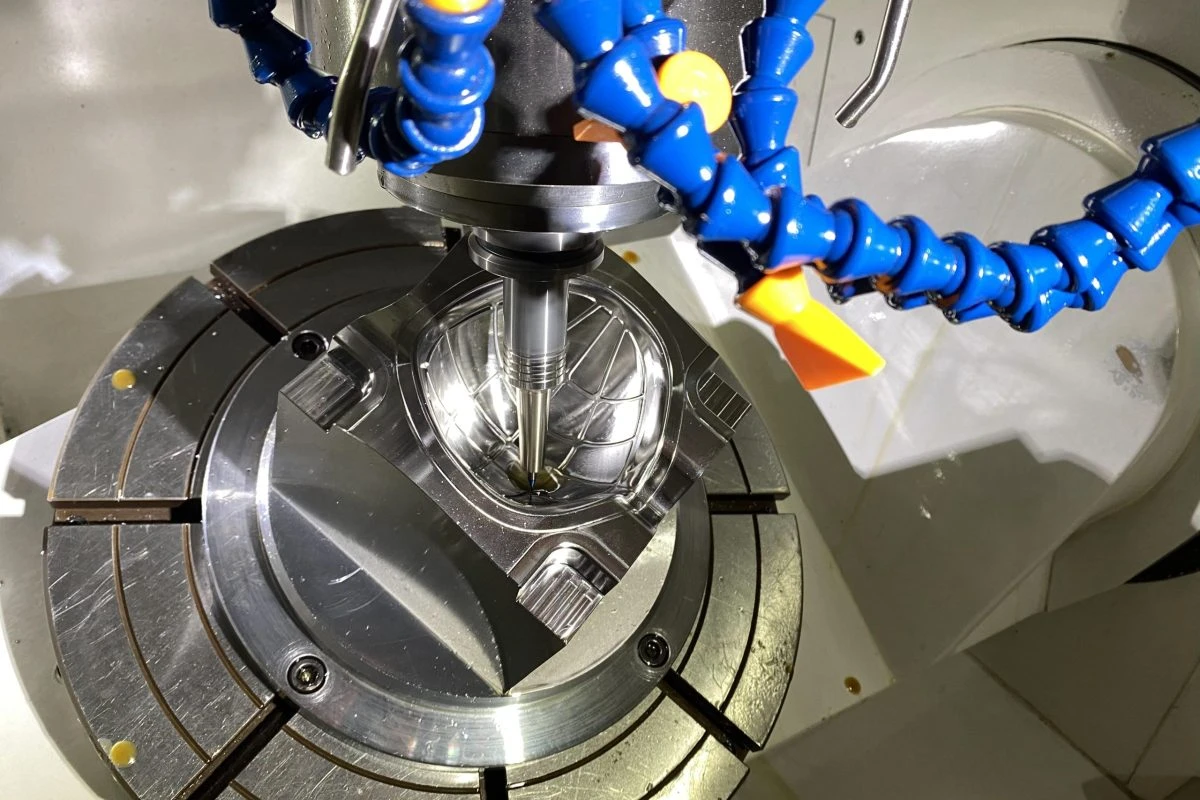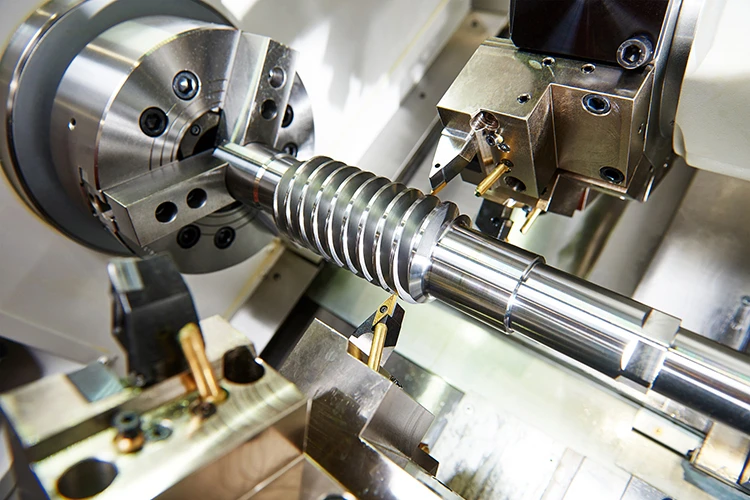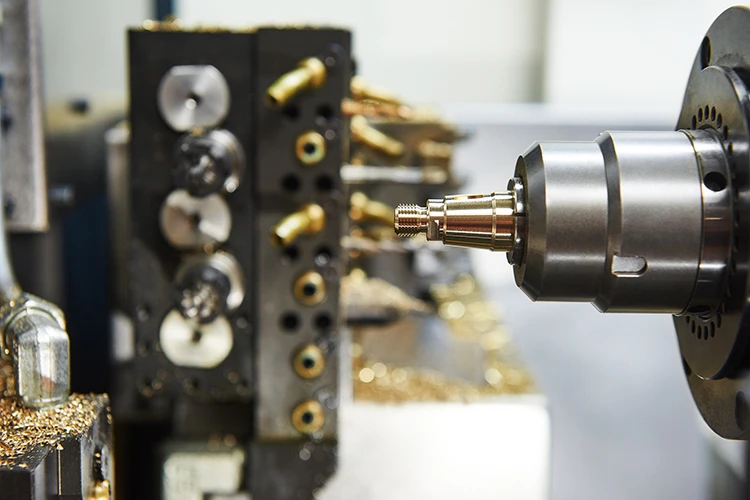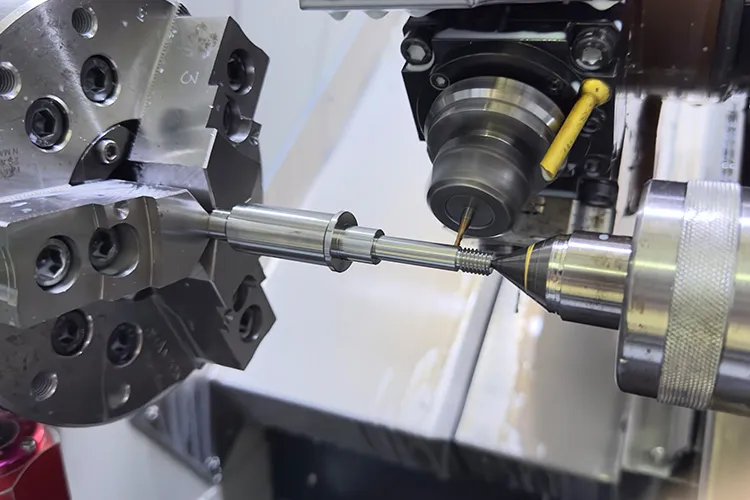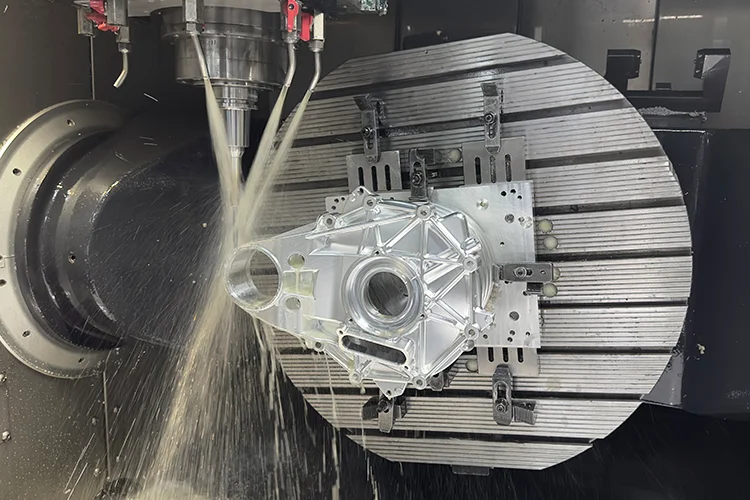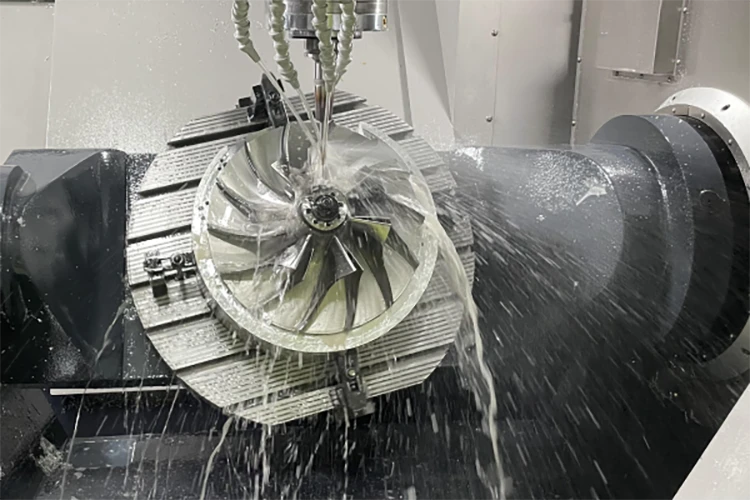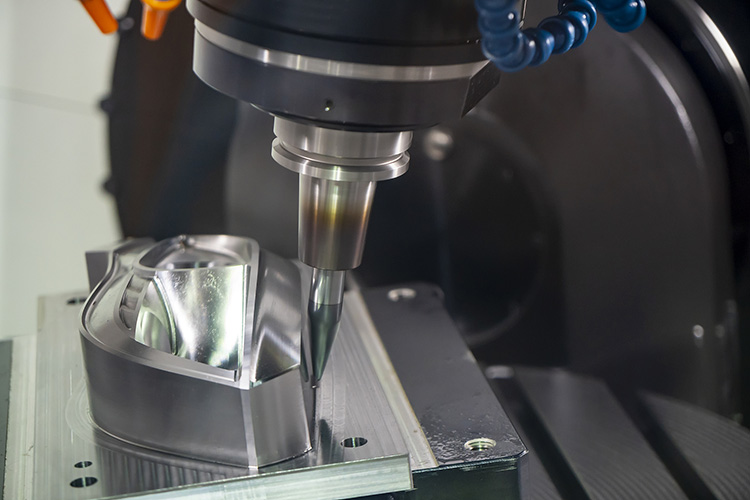Introduction
In the world of precision manufacturing, advancements in technology have played a pivotal role in meeting the ever-increasing demands for accuracy, speed, and complexity. Among these advancements, 5-axis machining stands out as a revolutionary technology. It offers unparalleled benefits that enable manufacturers to craft complex geometries with incredible precision, improve surface finishes, and streamline production processes. This article delves into the advantages of 5-axis machining and how it is transforming the future of precision manufacturing.
What is 5-Axis Machining?
At its core, 5-axis machining refers to a computer numerical control (CNC) machining process that moves cutting tools or parts along five different axes simultaneously. Unlike traditional 3-axis machining, which operates on three linear axes (X, Y, and Z), the 5-axis technology adds two rotational axes (A and B) to the movement. This allows for more intricate and complex parts to be machined in a single setup, significantly reducing production time while enhancing the overall quality of the parts produced.
Overview of Precision Manufacturing and Its Demands
Precision manufacturing involves the production of components that require tight tolerances, complex shapes, and high surface quality. Industries such as aerospace, automotive, medical, and energy demand high-precision parts, often made from hard materials like titanium and composites. As these industries continue to push the limits of engineering and design, 5-axis machining becomes critical in fulfilling their requirements.
History of CNC Machining
Evolution from 3-Axis to 5-Axis
CNC machining has evolved dramatically over the years. Traditional 3-axis machines provided a foundation for accurate and repeatable manufacturing. However, as the demand for more intricate parts grew, manufacturers needed a more efficient way to produce complex shapes without sacrificing precision. This led to the development of 4-axis and 5-axis machines, which offered greater flexibility and control in tool movement, reducing the need for multiple setups and human intervention.
The Growing Need for Precision in Modern Manufacturing
As industries such as aerospace and medical devices push for more advanced, lightweight, and complex components, traditional 3-axis machining became limited in its ability to deliver these precise parts efficiently. 5-axis machining addresses these limitations by providing the ability to work on complex geometries in a single run, making it an essential tool for modern manufacturing needs.
How 5-Axis Machining Works
Understanding 3-Axis vs. 5-Axis Machining
In 3-axis machining, the cutting tool moves along the X, Y, and Z axes. This allows for basic up-and-down, side-to-side, and front-to-back movements. However, 5-axis machining incorporates two additional axes—often rotational axes—enabling the cutting tool to approach the material from virtually any direction. This flexibility greatly reduces the number of setups required, allowing for more accurate and consistent results.
The Technical Setup and Movement
A typical 5-axis machine has a workpiece that rotates on two axes, while the cutting tool itself moves along the X, Y, and Z axes. This synchronized motion enables the machine to approach the part from multiple angles, making it possible to machine highly complex geometries with a high degree of accuracy.
Types of 5-Axis Machines
There are different configurations of 5-axis machines, including:
- Trunnion-style machines, where the table holding the workpiece rotates.
- Swivel-rotate machines, where the spindle moves around the workpiece. Each type offers unique benefits, depending on the material being machined and the complexity of the part.
Key Benefits of 5-Axis Machining
Enhanced Precision and Accuracy
One of the most significant advantages of 5-axis machining is the ability to machine parts with extreme precision. The synchronized movement of all five axes allows for minimal errors during the process, resulting in tighter tolerances and better surface finishes. This is especially crucial when producing parts for industries where precision is non-negotiable, such as medical devices or aerospace components.
Increased Efficiency and Productivity
Because 5-axis machining allows for simultaneous movement across multiple axes, it significantly reduces the number of setups required. With traditional 3-axis machining, complex parts often needed multiple setups and repositioning, which increased production time. In contrast, 5-axis machines can often complete parts in a single setup, leading to faster production cycles and reduced lead times.
Complex Geometries Made Possible
Traditional machining methods struggle to produce complex geometries without multiple setups or specialized tools. However, 5-axis machining can handle intricate designs, such as undercuts, deep cavities, and curved surfaces, with ease. This capability makes it ideal for industries that demand lightweight, high-performance parts with unique shapes, such as aerospace.
Conclusion
The advantages of 5-axis machining are clear: enhanced precision, reduced lead times, the ability to produce complex geometries, and improved surface finishes. As industries continue to demand more from their manufacturing processes, 5-axis machining will remain at the forefront of innovation, driving the future of precision manufacturing. Embracing this technology allows companies to stay competitive and meet the evolving needs of their industries.
Frequently Asked Questions (FAQs)
1. What industries benefit most from 5-axis machining?
Industries like aerospace, automotive, medical devices, and energy benefit significantly from 5-axis machining due to the need for complex, high-precision parts.
2. What are the primary differences between 3-axis and 5-axis machining?
3-axis machining moves along three linear axes, while 5-axis machining adds two rotational axes, enabling more complex and precise part fabrication.
3. How does 5-axis machining improve surface finishes?
By reducing the number of setups and providing smoother tool paths, 5-axis machining minimizes tool marks and delivers superior surface finishes.
4. Is 5-axis machining cost-effective?
Though the initial investment is higher, 5-axis machining reduces production time and material waste, making it cost-effective in the long run.
5. What types of materials can be machined using 5-axis technology?
5-axis machining works with a wide range of materials, including metals (aluminum, titanium, stainless steel) and composites, offering versatility across industries.
6. How does 5-axis machining impact tool life?
By enabling smoother, more consistent tool paths, 5-axis machining reduces tool wear and extends the overall tool life, lowering maintenance costs.

